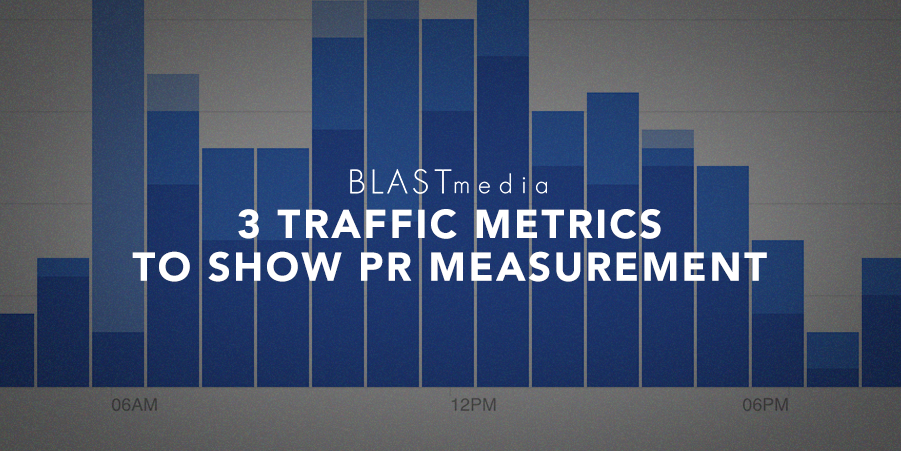When announcing a new product or securing industry thought leadership placement in an online publication, most PR pros have criteria in mind that they use to determine the quality of the publication. For example, you might ask yourself, does the publication have a large social media following? Is the outlet a household name? Does it have an active and growing monthly readership?
While each of these metrics can be a valuable gut check, there is a relatively new metric to add to your assessment of an outlet’s quality: Domain Authority (DA).
Created by the experts at Moz, the leader in search engine optimization technology and a client of BLASTmedia, Domain Authority is a search engine ranking score to measure how likely a website is to rank in search. And even more than that, it’s an SEO metric that you should begin using today in your media strategy. Here’s what you need to know.
What is Domain Authority and How Do I Measure It?
Publications like the Wall Street Journal, New York Times, Forbes and TechCrunch generate a lot of engagement and traffic. And while we can quantify a portion of their value through potential readership, Domain Authority can help place these outlets on a spectrum.
Moz scores Domain Authority on a 100-point logarithmic scale. All websites, from large to small and new to old, have a DA. This number isn’t static; the DA of a given website can change over time, but it’s easier for a website with a DA of 20 to get to 30 than it is for a website 70 to grow to 80.
DA is a comparative metric and we use it, compiled with and against other values, to determine outlet quality. In a previous post, “How Does PR Affect SEO?”, we shared that Domain Authority above 40 is considered “average,” while 50 and above is considered “good,” and higher than 60 is “excellent.” For some perspective, at the time of this blog the New York Times, Forbes, CNN all had a DA of 95.
Applying Domain Authority to Your Coverage Goals
Anything with a DA higher than your own website’s DA should help increase yours, but don’t agonize over coverage with a lower DA, either. Some niche trade publications may be very relevant to your own sales pipeline but have a similar or lower DA of your website.
Media coverage isn’t merely about placing a story on one publication. Many factors, like having the right coverage mix, are involved in making a story impactful. As DA is a measure of a website’s quality and its ability to rank in search, it should be one aspect of your media relations strategy and reporting process. You can check your company’s, or any website’s, DA here: Moz Domain Analysis.
Interested in learning more about improving your brand’s SEO with PR? The BLASTmedia blog is full of resources, including why PR is the best way to build natural editorial links (which Moz touts as the “holy grail for SEOs.”)
Frequently asked questions:
- What is the highest Domain Authority?
The highest Domain Authority (DA) score is 100. DA is a range of one to 100, with higher scores corresponding to a greater likelihood of ranking.
- What is considered a good Domain Authority?
Typically, Domain Authority above 50 is considered “good.” Anything over 60 is “excellent.”
- How do I get a high Domain Authority?
Attracting real links that drive traffic to your website is the best way to improve Domain Authority.




